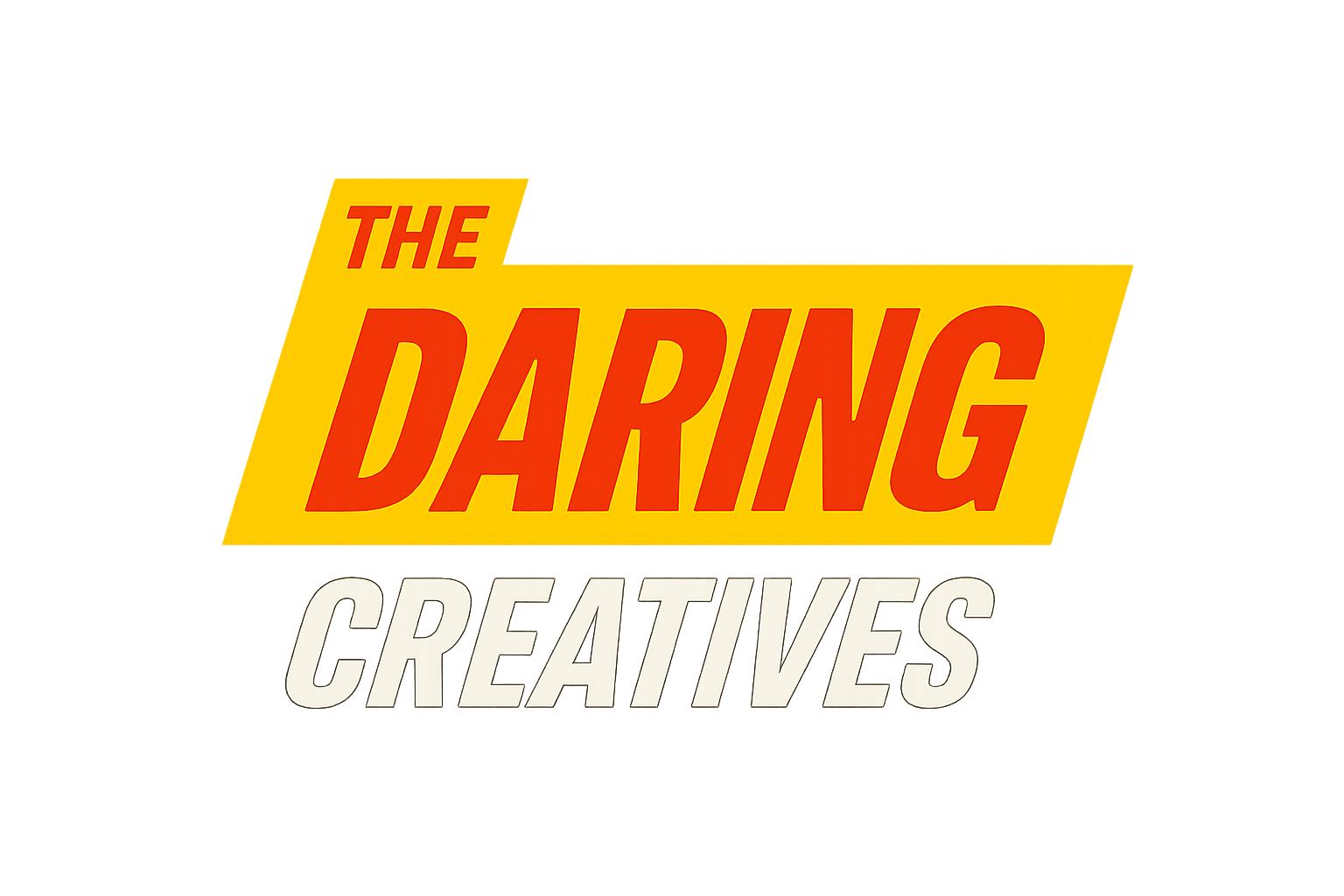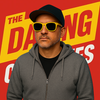On September 15th, Anthropic — the company behind Claude — released a fascinating new report on how AI is actually being used across industries. It’s called the Anthropic Economic Index, and it’s one of the clearest looks we’ve had so far at how people are integrating AI into their work.
Most AI talk on social media feels like hype. You’d think everyone is using these tools daily. But this report told a different story — and it made me more confident than ever that I’m in exactly the right place, at the right time, to help creatives start using AI.
What the Data Shows
Anthropic’s report breaks down AI usage by industry and job role. Some of it is exactly what you’d expect. Coding and computer science jobs are the biggest users of AI — about 36% of all Claude usage comes from that group, even though they make up just a few percent of the workforce.
But here’s where it gets interesting: even in the “heaviest user” jobs, AI is far from universal. Only about 4% of occupations use AI in three-quarters of their tasks. For most jobs, AI is something you use here and there — not for everything.
And for creative roles — editors, designers, writers, marketers — the numbers are much lower. Creative and media jobs make up roughly 10% of all Claude usage. That might sound like a lot, but it means nine out of ten creatives are not using AI at all. In some roles, adoption is still below one percent.
That might sound discouraging. But to me, it says: there’s still time. This is not a saturated space. We are still in the early days.
The Opportunity Hiding in Those Numbers
When you look at numbers like this, there are two ways to think about them.
One way: “It’s too early. Most creatives aren’t using AI yet, so maybe I should wait.”
The other way — the way I see it — is: “If I start using AI now, I’m automatically ahead of 90–99% of my peers.”
That’s not hype, that’s math. If you learn how to use AI to support your work today, you are giving yourself a massive competitive advantage for when adoption takes off. And adoption will take off — the report shows it’s already growing fast in education, science, and research-heavy roles.
Imagine what it will mean to be the creative who already knows how to collaborate with AI when the rest of your industry finally starts catching up.
Automation vs. Augmentation
Another insight I loved from the report is how people are actually using these tools. About 57% of AI use right now is augmentation — that is, using AI to help you think, write, explore ideas, or edit. The other 43% is automation — asking AI to do the entire task for you.
For creatives, this distinction matters. Augmentation is where the real magic happens. It’s using AI to make you faster, sharper, more prolific — but not to replace your taste or vision. This is the sweet spot for most of the people I work with.
The Risk of Waiting
Every day, we’re seeing companies lay off entire teams while citing AI and automation. This is uncomfortable, but it’s reality. The same forces that eliminate some jobs will create new ones — roles that need people who understand how to integrate AI into their work.
If you’re creative and you wait until your job is threatened to learn these tools, you’ll be scrambling. If you start now, you’ll be the person people look to when they need someone who can lead.
My Role in This Moment
This is why I’m pivoting Daring Creative to focus even more on helping creatives get comfortable with AI. I want to be the person who takes away the fear, strips out the jargon, and shows you how to make these tools work for you.
I know what it’s like to feel like this is moving too fast, or that you “missed it.” You didn’t. If anything, you’re right on time.
How to Get Started
Here’s my simple advice: pick one thing you do every week that feels repetitive or time-consuming, and try using AI to help with just that. It could be writing captions, brainstorming titles, summarizing a client brief, or mocking up a design idea.
Treat it like an experiment. Don’t expect perfection — expect to learn. The more you experiment, the more you’ll figure out where AI actually fits into your process.
Looking Ahead
Anthropic’s report ends on a hopeful note: as adoption grows, usage becomes more diverse. It’s not just coding tasks. More people are using AI for education, communication, translation, research, marketing — all the things creatives already do.
That means the future isn’t about replacing creatives. It’s about empowering them — if they’re willing to learn.
If you’ve been AI-curious but hesitant, now is the time to jump in. The tools are here. The need is growing. And the people who start today are going to be the ones shaping how this technology gets used tomorrow.


